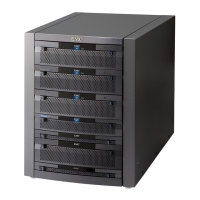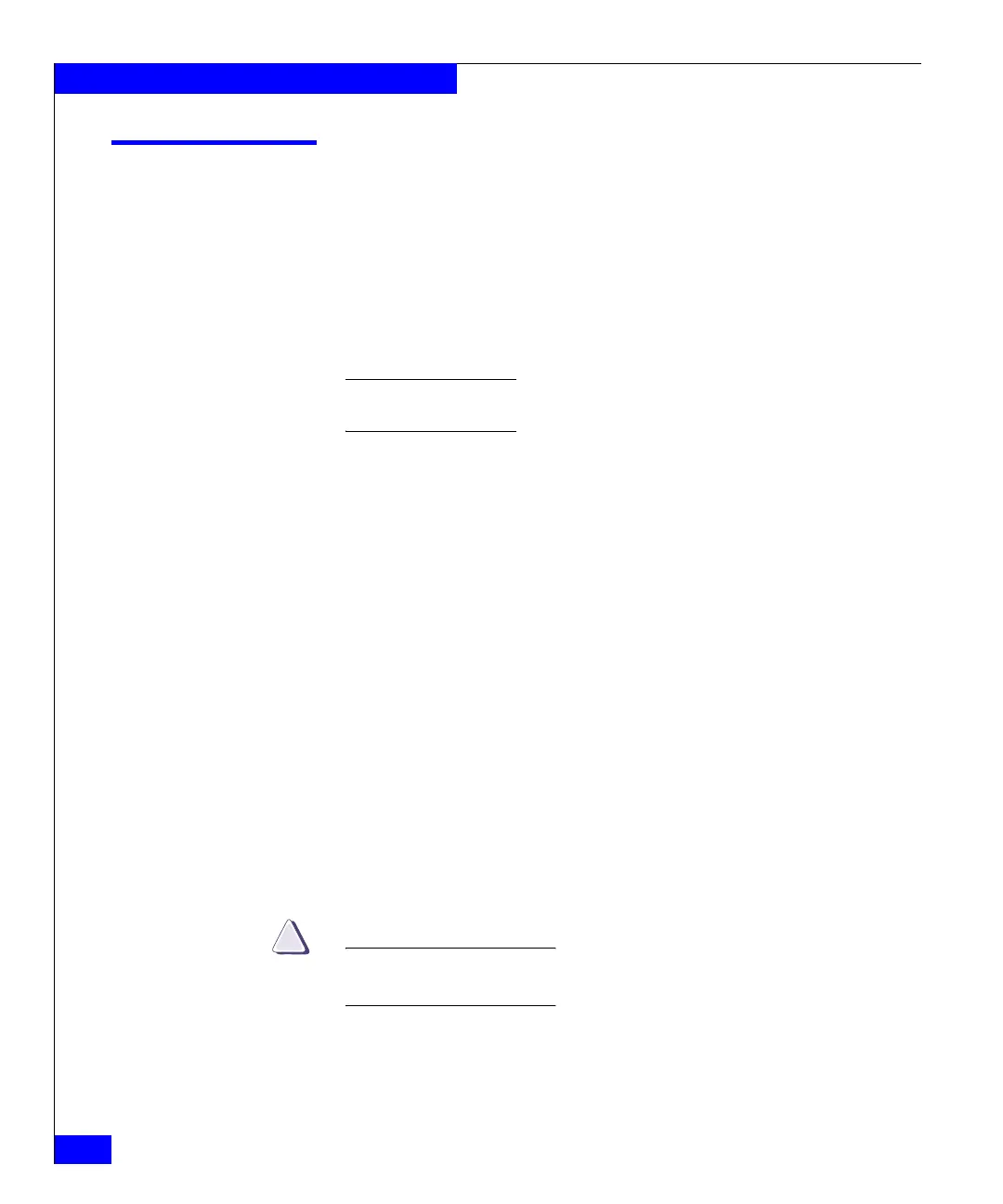108
Celerra Network Server Command Reference Manual
The fs Commands
fs_timefinder
Manages the TimeFinder™/FS functionality for the specified file
system or file system group.
SYNOPSIS
fs_timefinder {<fs_name> |id=<fs_id>}
-Mirror {on |off | refresh [-Force]}
| [-name <name>] -Snapshot [-volume <volume_name>][-option <options>]
| -Restore [-Force] [-option <options>]
Note: TimeFinder/FS is only supported on a Celerra Network Server
attached to a Symmetrix.
DESCRIPTION fs_timefinder creates a copy of a file system or file system group that
can be placed into a mirrored mode with its original file system. The
Symmetrix must already have BCVs configured to the same size as
the volumes on the Celerra Network Server. Once the copy has been
made of the file system, the copy can be mounted on any Data Mover.
OPTIONS -Mirror {on | off | refresh [-Force]}
on places the unmounted file system copy, created using the
-Snapshot option, into mirrored mode with its original file system.
The file system copy is frozen and remains unavailable to users until
mirrored mode is turned off.
The refresh option initiates an immediate -Mirror on then off for the
unmounted file system copy, thereby refreshing the file system copy.
The file system copy should not be mounted read-write when placed
into mirrored mode or when refreshed. If the file system copy is
mounted read-write, the -Force option can be used to force a refresh
if the metavolume is an STD type. The -Force option requires root
command and must be executed using
/nas/sbin/rootfs_timefinder
CAUTION
Performing a mirror refresh may be time consuming, relative to the
amount of data that has changed in the file system.
[-name <name>] -Snapshot
Creates a copy of a file system and assigns an optional name to the
file system copy. If a name is not specified, one is assigned by default.

